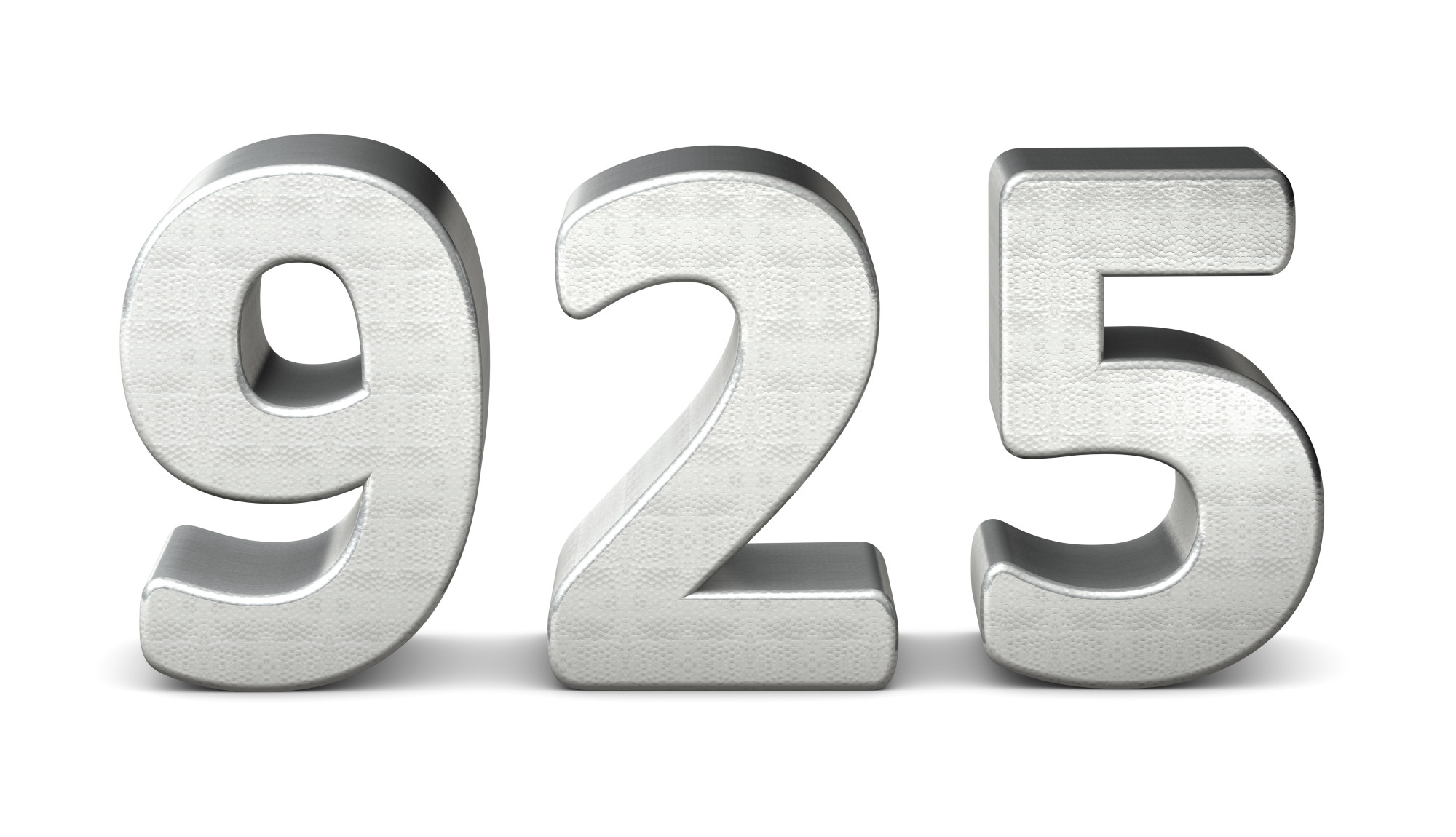As responsible pet owners, we must prioritize the well-being and happiness of our pets when engaging in outdoor activities like walking or jogging. There are many benefits to using a high-quality dog harness that includes a handle. A high-quality harness provides a safe anchor point and allows for better pet control without the potential harm associated with standard collars, a common worry.
Dog collars can put too much pressure on a dog’s throat, especially if they pull a lot, which can cause damage to the trachea in the long run; on the other hand, a properly made harness can spread out this pressure evenly on the chest and shoulders, reducing these risks and making walks more enjoyable for both the dog and the owner.
Features of a Safe and Comfortable Harness
A high-quality dog harness with handle, can be judged by the quality of its components. To ensure maximum comfort and safety, it should possess certain features. Adjustable straps are essential to ensure the harness fits snugly without restricting movement. They can also be customized to suit different dog breeds and body types.
A handle is also an important feature that provides extra control over your dog when you need it. Padding serves a dual purpose – providing comfort and preventing chafing and soreness that may occur from extended wear. Like a cushioned seat belt across your chest during a long car journey, it gives necessary restraint without causing discomfort.
The Role of Materials and Construction
The choice of materials in a dog harness is as vital as the design itself. Materials such as nylon or neoprene are celebrated for their durability, weightlessness, and adaptability to various weather conditions.
When considering hardware, stainless steel or reinforced plastic buckles are superior, providing assurance and integrity, particularly in high-tension scenarios. Careful attention to the quality of construction is equally important.
Robust stitching and secure fasteners are the hallmarks of a well-constructed harness designed to withstand the daily challenges posed by an exuberant canine companion. A harness that upholds its structural integrity over time keeps pet owners confident in the equipment, knowing their faithful friend is well-secured on their tours.
Evaluating Harness Fit and Sizing
Just as with clothing for humans, fit is everything regarding pet harnesses. Achieving the right balance between too loose and too tight is essential to ensure safety and avoid potential hazards such as escape or injury. Measuring your dog’s chest circumference is critical in selecting the correct harness size for your pet. To do this, use a flexible tape measure and wrap it around the widest part of your dog’s chest.
The harness should fit snugly but allow you to slide two fingers between the harness and your dog’s fur. It will ensure a comfortable, secure fit without restricting breathing. Remember the ‘two-finger rule’ when determining the appropriate harness size for your furry friend.
The Benefits of Using a Harness Over a Collar
Switching from a traditional collar to a harness benefits dogs and their handlers. A harness presents invaluable advantages, particularly when managing dogs with a propensity to pull or younger dogs still learning leash manners. One of the most recognized benefits is the decreased risk of neck-related injuries.
Harnesses envelop a larger area of the dog’s body, redistributing pressure away from the neck, which is crucial for small or brachycephalic breeds that may suffer from respiratory issues. The assurance of better control is another noteworthy advantage, as harnesses afford more leverage for redirection during walks, thereby diminishing pulling behavior and fostering a more enjoyable walking dynamic for the owner.
Tips on Introducing a New Harness to Your Dog
Successfully acclimating your dog to a new harness requires patience and positive reinforcement. Treat the harness as an object of curiosity and allow your dog to investigate it at their leisure, leading to a natural association between the harness and their curiosity.
Approach the fitting process with calm positivity, rewarding each successful step with treats and praise to foster a favorable emotional connection to the harness. Repeated, brief sessions in a non-threatening environment will help your dog gradually become accustomed to the feel and purpose of the harness, creating a more positive and accommodating attitude towards its use.
Maintaining and Caring for Your Dog’s Harness
Harness maintenance isn’t just about prolonging the product’s life; it’s about ensuring your pet’s safety and comfort. Regular cleaning, as recommended by the harness manufacturer, will keep the harness hygienic and odor-free. Examination for signs of wear or damage should be routine, with particular attention toward areas that bear the most tension.
Checking and adjusting the fit periodically is also essential, as a dog’s size can fluctuate due to growth, weight change, or the simple wearing in of the harness as it molds to their form. Embracing a habitual maintenance routine ensures the harness remains a reliable piece of safety equipment that provides consistent comfort for your dog.







